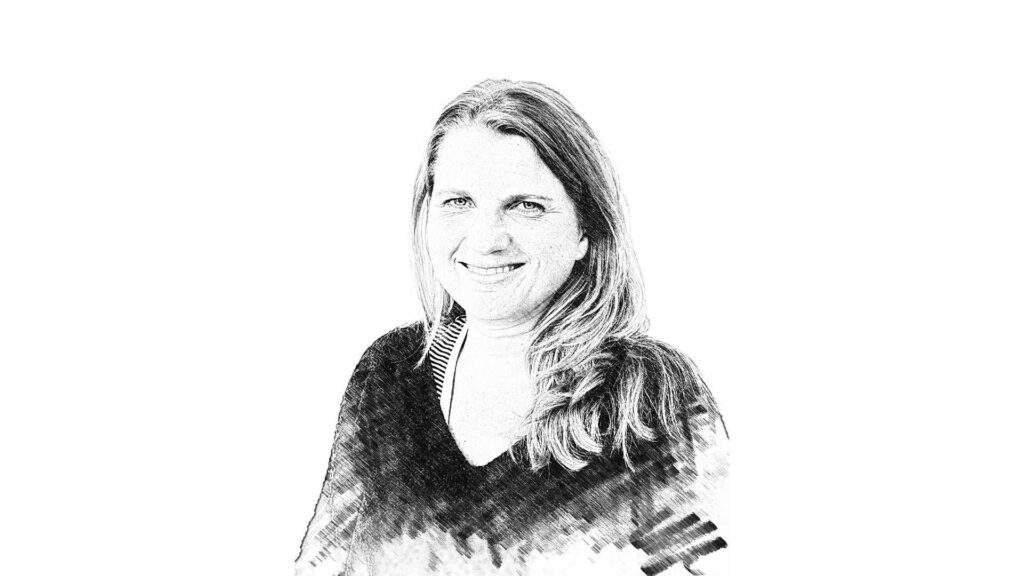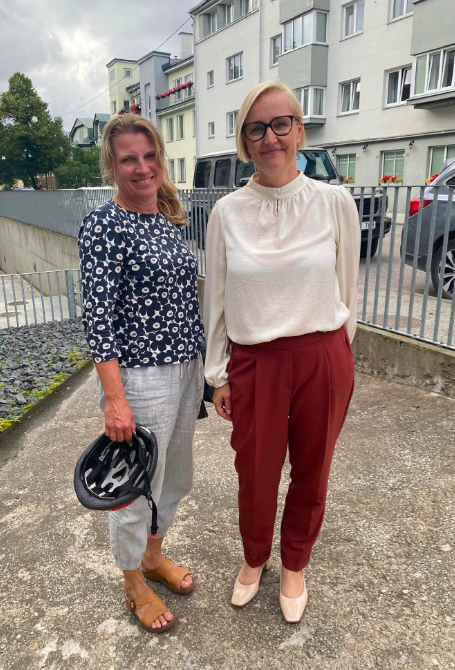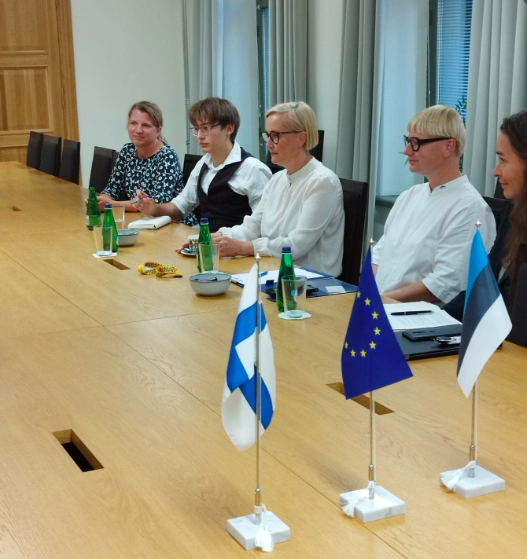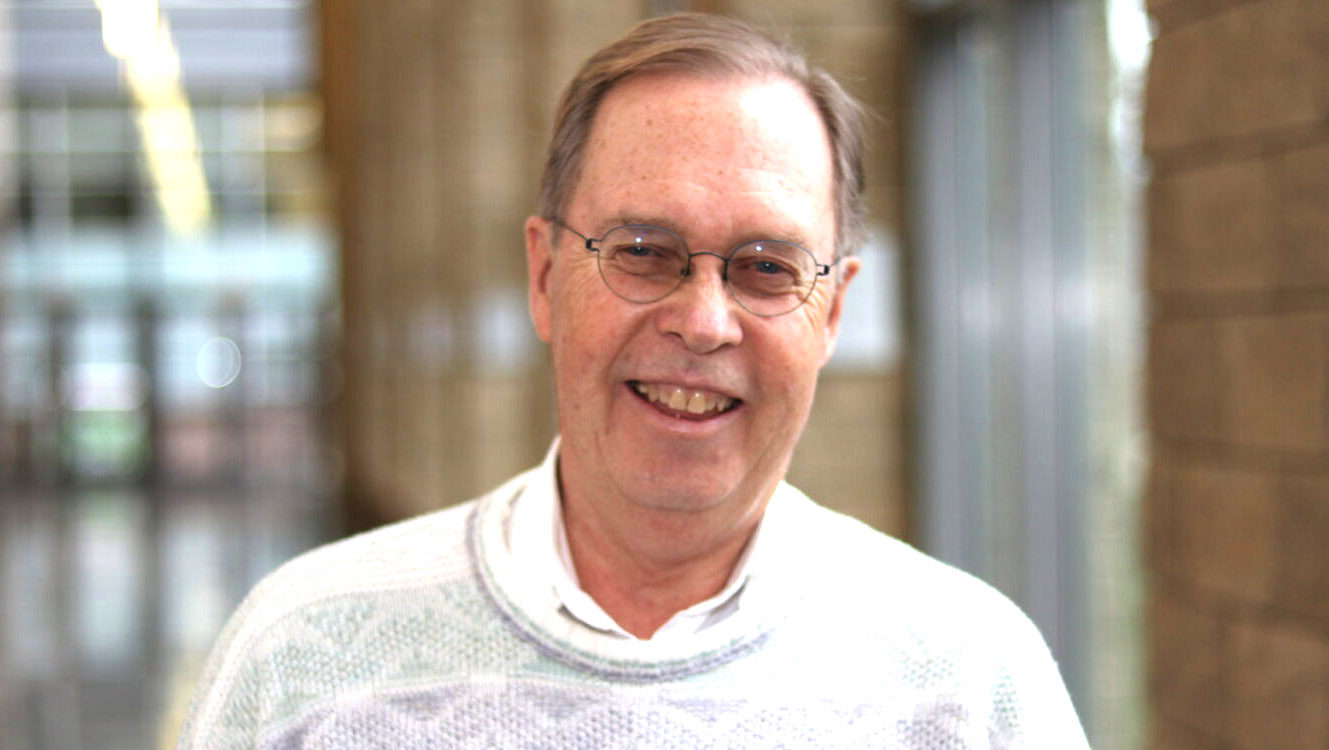
On this festive day, basic (primary, from grades one to nine) school pupils bring flowers to their teachers and mothers bake cakes to celebrate the occasion. In Estonia, September is a synonym for knowledge, intelligence, and education.
I had a great opportunity to learn about all that is new in Estonian education policy by “shadowing” the work of the Minister of Education Kristina Kallas for one day at the end of August. From 8:00 in the morning to 7:00 in the evening, I followed the minister to meetings and interviews, where the topics varied from financing small village basic schools to how to uphold the quality of Estonian higher education. So what's new?
Transition to Estonian language teaching
One of the biggest reforms in the Estonian education sector is the transition to Estonian language teaching. This plan, which has been on the agenda since the 1990s, is finally materializing. Last year, the Riigikogu passed a law for which kindergarten, first grade, and fourth grade classes will transition to Estonian language instruction in 2024. After that, the reform will proceed gradually until 2032/2033, when all instruction will be in Estonian.
However, a big difference remains between different educational institutions with regard to how prepared they are to make this transition. Thus, tailored, case-by-case solutions are needed. Reforms are supposed to affect not only the language of instruction but also the whole school culture, pedagogy, and leadership, which has so far been somewhat different in Russian-language schools. The ministry has promised to support schools with salary incentives, mentors, substitute teachers, leadership support, and extra Estonian language lessons for pupils after they present their individual transition plans to the ministry.
One of the arguments for the transition has been educational equity. Currently, the PISA results of Russian-language schools have been one year behind their Estonian counterparts. Therefore, it is important to closely monitor all expected learning outcomes, not only those related to language, in transitioning schools. The transition is justified and accepted if it fulfils the promise of making the school graduates better prepared for continuing their education in Estonian after 9th and 12th grades.

Extending the compulsory learning period
Another major reform is related to extending compulsory education until 18 years of age, as completing only basic school is not enough in the contemporary world. Last year some 650 basic school graduates did not continue their education.
The aim of the ministry is to reform the system so that it supports various personal educational paths, which can include a mixture of vocational and academic learning. This involves reforming the vocational training system so that there are more choices and less dead-ends. It also requires reforming the basic school examination system. A new system is being planned where basic school final exams are joined with the entrance exam to the next level of education. Most of these exams are planned to be conducted digitally in the future.
Reforming the school network
Traditionally, it's the role of the municipalities to operate schools. However, in some cases, the Ministry of Education has been stepping in to “rearrange” the system to better suit the population density and to ensure a high quality of learning. The general aim is that there are many basic schools and that they are close to home, while secondary schools can be further away with bigger catchment areas and opportunities to offer a variety of subjects to learn.
The decreasing population in Estonia has made some municipalities opt to close small village schools. This has lately gained a lot of media coverage and public criticism. To help these schools, which are vital to the future survival of the local population, the ministry is willing to support municipalities to run small rural schools that offer education up to sixth grade and have 30-90 pupils. Approximately 20 schools qualify for this support, but it's still unclear if municipalities will opt for this support.
Another reform that the ministry is pursuing in order to rearrange the school network is the establishment of state-run secondary schools. This autumn, four new state secondary schools are opening, two in Narva and two in Tallinn, making the overall number of state gymnasiums 24. All of these schools are expected to be model schools for new learner-centred pedagogy, the integration of subjects, and educational innovation.

Besides these major changes, some smaller reforms, inspired by the war in Ukraine, are also taking shape. This includes a compulsory civil defence course in secondary schools and the obligation for schools to offer foreign language options other than Russian.
Political goals to alter education will eventually be measured against the resources available — both financial and human resources. The deficit of teachers continues to be a challenge in Estonia, which the ministry hopes to solve by providing teacher training institutions with extra funding and giving study grants as incentives to students.
All in all, many things are changing this September and the forthcoming school year promises to become very active both in terms of education policy and practice. I wish the minister all the best in fulfilling all of these plans and reforms.
Become a subscriber to continue reading!
Every week we bring you news from the community and exclusive columns. We're relying on your support to keep going and invite you to subscribe.
Starting from $2.30 per week.



